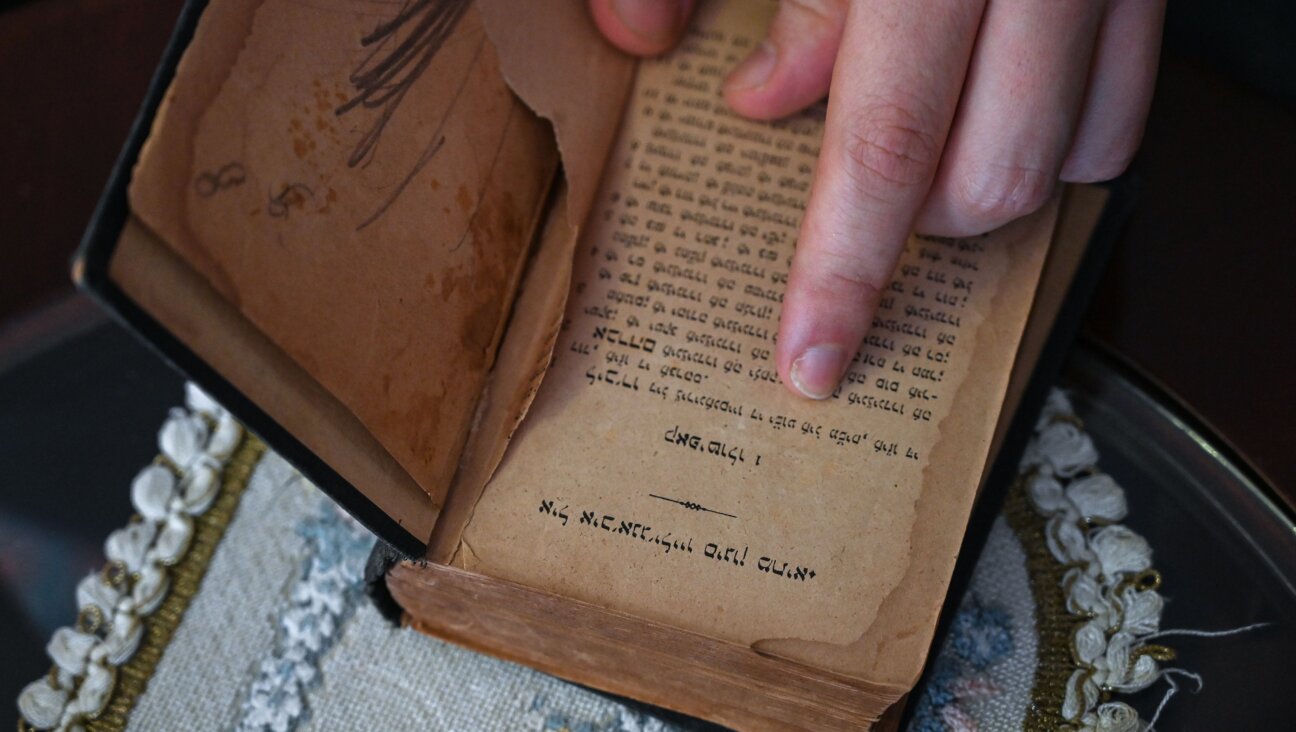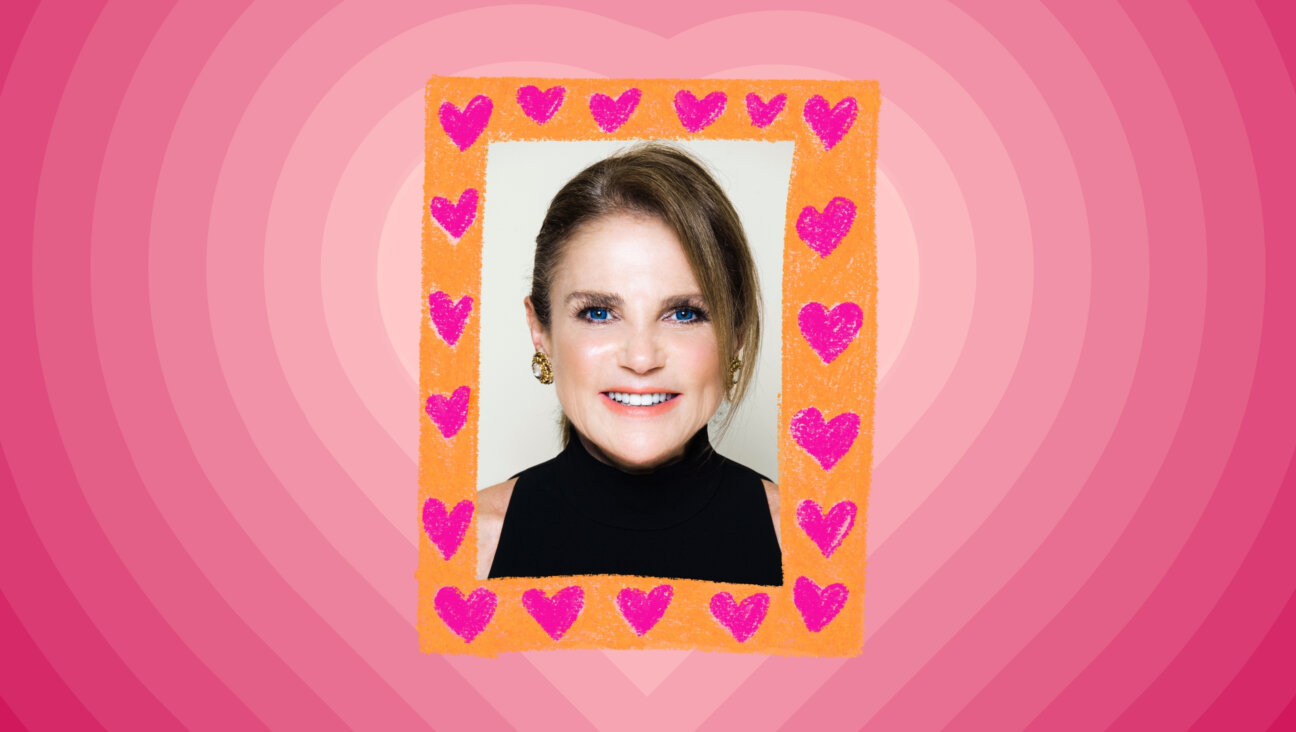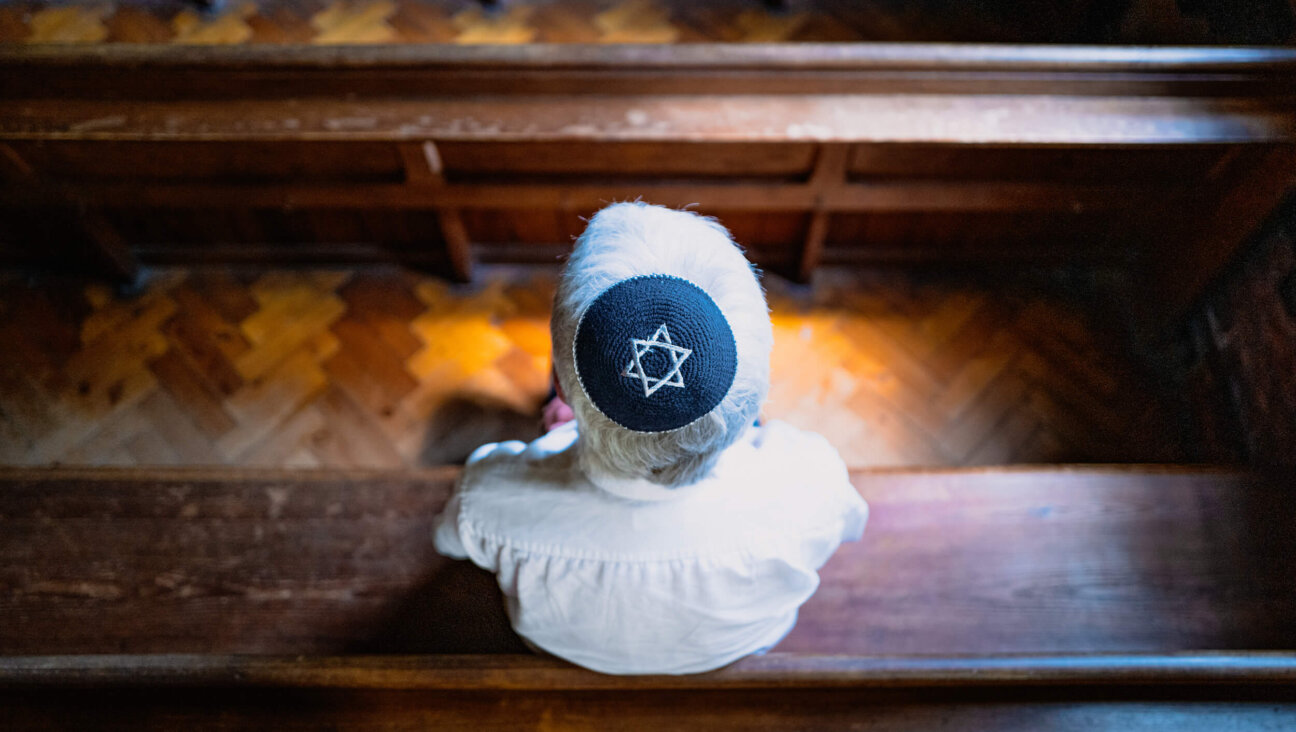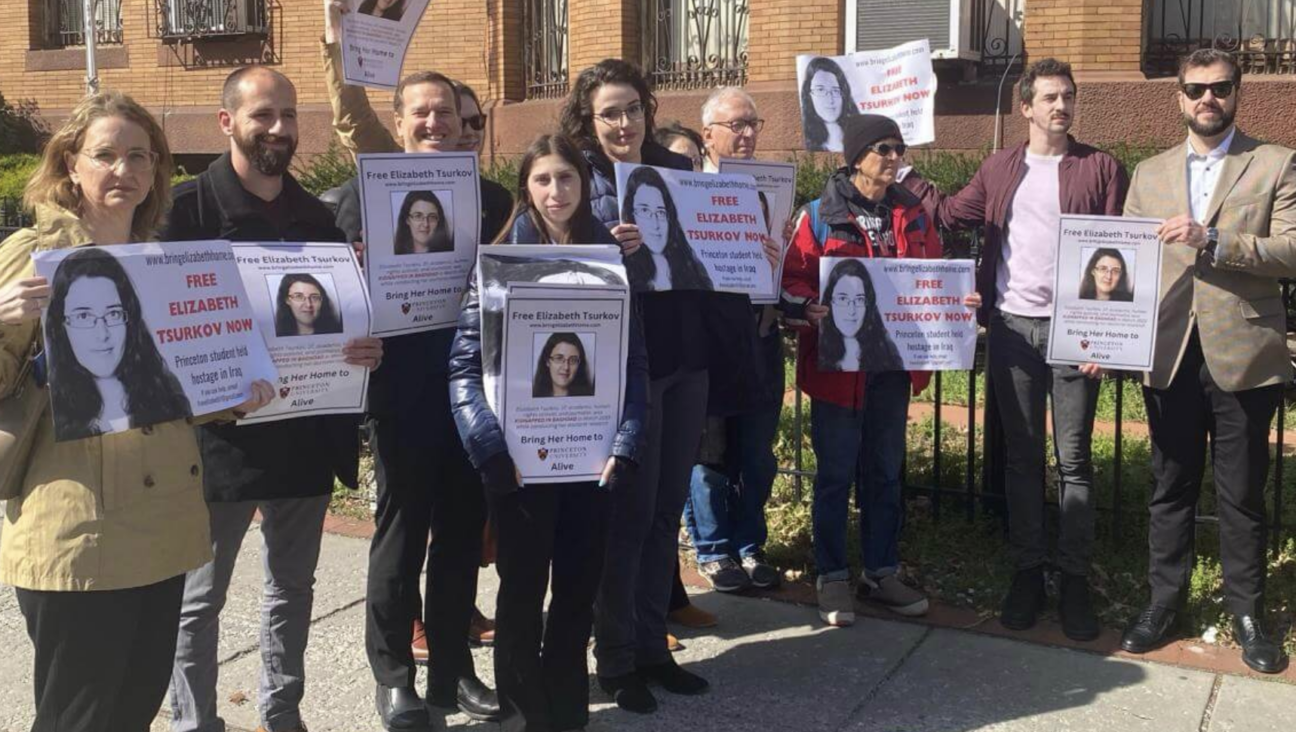Surrounded By Angels


Dressing for the Occasion: Bar mitzvah, wedding or death, it?s an honor to help dress someone properly for a rite of passage. Image by ILLUSTRATION MARY ANN ZAPALAC
Thousands of souls crowd the large, airy space, their attention riveted to the actions of four women leaning over a gurney at the center of the hall. In silence, the women tenderly disrobe the body lying under a sheet. Their reverence for the task shows in the beauty and economy of their hand movements, in their gentle touch and in their concern for the modesty of the meitah (the female deceased). The women unfurl a sheet. When held aloft, the cloth is revealed to be a hupah, a canopy under which a woman is married.

Then the women sluice her body with pitchers of water, in a choreographed sequence. After drying, they dress her in a series of simple white garments and, with a farewell caress, cover even her feet. At the last, when a bonnet covers her hair and a square of white cloth is tucked over her face, she is swaddled in the hupah. This is no perfunctory medical procedure; it is traditional Jewish ritual and a passionate sacred dance. Thousands of souls are in attendance at this intensely spiritual moment, but only 150 of them are contained within bodies. The rest watch the performance of this mitzvah of the highest order — a mitzvah they, too, received — merely to kvell, overflowing with pride.
At the end of the demonstration of tahara (the Jewish rituals through which bodies are prepared for burial), the four attendant women hug, faces shining. Even after the woman performing the role of meitah returns to her street clothes, her body emanates otherworldly calm. An audience member asked, “We never get to ask the meitah in real life, what was it like to receive this mitzvah?” She replied, “I was surrounded by angels. I have never felt such love.” As she spoke, tears traced her cheeks. This performance is not play-acting; it is ritual re-creation. This year’s facilitator speaks of his own transformative experience in the role of meit during a prior year’s demo: “I was gone. I entered the white light. I was no longer in the room.” The experience prompted him to start a hevra kadisha (burial society) in his home synagogue.
These moments of heightened spiritual awareness occurred during the annual conference of Kavod v’Nichum (Hebrew for “honor and comfort”), in Berkeley, Calif., to celebrate and support traditional Jewish burial practices. Performing these rituals is the hidden spiritual crescendo in the lives of many of the conference participants, who volunteer their time with a synagogue or community-based hevra kadisha. The organization’s name reflects its mission: to honor (kavod) the deceased and comfort (nichum) the mourners. But the organization’s true scope is revolutionary: to see Jewish communities embrace the end of life as a part of the human lifecycle no less important than a bar mitzvah or a wedding.
Rather than feeding a ghoulish fascination with dead bodies, or providing a way for old people to get acquainted with the next step of life’s journey, hevra kadisha work is a vivid engagement with spiritual life. Spirituality is notoriously hard to define: For some, “spirituality” is an internal sense of the presence of the Divine discovered through contemplation or text study; for others, the spirit is enlivened through the dutiful performance of mitzvot.
David Zinner, executive director of Kavod v’Nichum, recognizes that the spiritual message of his organization is hard to convey in writing, but he doesn’t want it to be missed. “The headline becomes whatever is sexy,” he said, “like, ‘Hundreds of People Gather To Talk About Death,’ or ‘Liberal Jews Discover Traditional Burial.’ It’s very difficult for people to capture the essence of what we’re all about unless they spend some time here. Most people who do this work get it right away.” But not always.
Zinner tells the story of a physician who spoke with him last year. The physician said: “I’m a doctor, and the only time I’ve ever dealt with death is in surgical contexts. One of the reasons I’m involved is to try and get some emotion attached to it.” Zinner asked if he had succeeded. He said, “Not yet, but I’m still trying to figure it out.” Zinner was moved by the man’s spiritual pursuit. “Here’s a person who has taken this on as a challenge to get in touch with his emotions,” he said. “It’s not so easy for men.”
But Zinner insists that this work engages the body with the emotions via the senses. He encourages people to cherish the emotion-producing rituals: The sound of a garment being torn by a mourner voices a grief that cannot be spoken; the sound of earth hitting a casket is tangible evidence of the dust that awaits us all. The feel of water on skin is as normal as our morning shower, but when the skin is no longer warm to the touch, the act becomes set apart, kadosh (sacred). “These are things people can do,” Zinner said. “They’re physical. And there are not many opportunities to do something physical.”
David Zabarsky from Raleigh, N.C., doesn’t do spirituality, he does his job. A former Marine, Zabarsky is involved with his community’s hevra kadisha because the job needed to be done and he was available to serve. His leadership style is straightforward: To train new members, he involves them in reading psalms. When volunteers express curiosity about what goes on in the tahara room, he brings them in. If the sight of a dead body proves challenging, he recalls his Marine training: “Marine drill sergeants tell you that when stuff starts going down, you have to keep the troops busy. The same thing applies to tahara. It can be a challenging thing, to encounter mortality and then have time to think about this service being performed for the people you love.”
But even doing “the job” can stretch our understanding of ourselves and our communities. Last year, Zabarsky was approached by Ahmad Rufai Muhammad of Raleigh’s Muslim burial society to collaborate on a talk about Muslim and Jewish burial customs for the Funeral Consumers Alliance. “We met a week before the talk to have lunch, and discovered that not only do we both like to play soccer, but our procedure is basically the same. We each use shrouds or tachrichim (white burial garments). Everything else was pretty much the same, including the word tahara.” The two men were astonished at the similarities, and since their talk, they have continued to collaborate.
Tahara is now usually conducted at a funeral home, but historically the ritual washing was done at a family home. Laurie Dinnerstein-Kurs of the Mercer Community Women’s Chevra Kadisha was recently called upon to perform tahara at a family home. For both hevra and family, the experience provided meaningful closure to the mother’s life and began the mourning process. “The family had been tending to her in her final illness, and they didn’t want her to just be shipped off to a funeral home. They did not watch the ritual washing, but were in the house and spiritually engaged in the process,” Dinnerstein-Kurs said. “We were able to dress her on her own bed. By the time we were finished, the family was spiritually ready to go to the funeral home.”
Death provided the context for the people at Kavod v’ Nichum to bathe their senses and their souls in the living waters of life experience. Vicki Weitzenhofer, one of the participants in this year’s tahara demonstration, explained to the assembly that she is in the hevra kadisha to give back to the community the blessing she received at her mother’s funeral. Head of the women’s hevra kadisha of Temple Beth-El in Richmond, Va., for seven years, Weitzenhofer has seen her daughter become a member of two hevra kadisha groups, one Conservative and the other Modern Orthodox. “Tahara is said to be a mitzvah without reward, but I cannot undertake this task without feeling the spiritual benefit,” she said. Her radiant face shows the truth of her statement.
Noach Dzmura edited “Balancing on the Mechitza*: Transgender in Jewish Community,” North Atlantic Books, due in 2010.*
Read a Q&A with David Zinner, executive director of Kavod v’Nichum.
A message from our Publisher & CEO Rachel Fishman Feddersen

I hope you appreciated this article. Before you go, I’d like to ask you to please support the Forward’s award-winning, nonprofit journalism so that we can be prepared for whatever news 2025 brings.
At a time when other newsrooms are closing or cutting back, the Forward has removed its paywall and invested additional resources to report on the ground from Israel and around the U.S. on the impact of the war, rising antisemitism and polarized discourse.
Readers like you make it all possible. Support our work by becoming a Forward Member and connect with our journalism and your community.
— Rachel Fishman Feddersen, Publisher and CEO






















